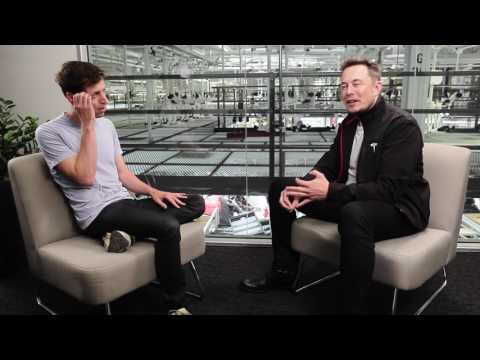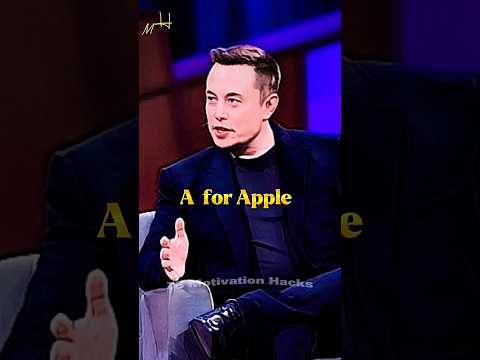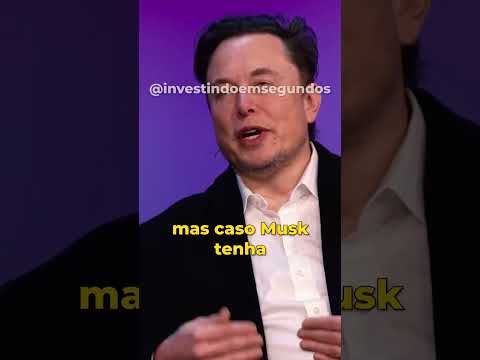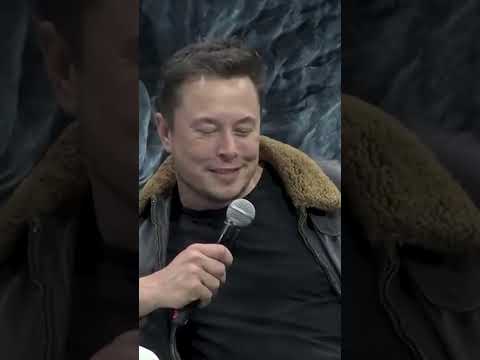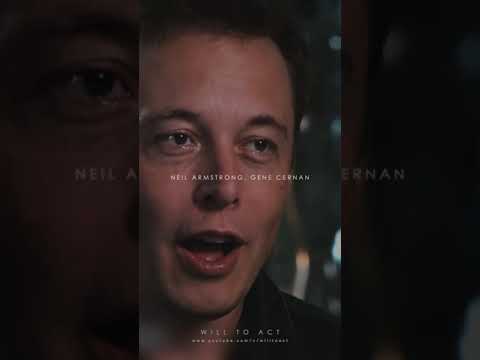Introduction
Elon Musk, a name synonymous with innovation and audacity, has blazed a trail across multiple industries. As the CEO of several groundbreaking companies like Tesla and SpaceX, he has consistently pushed the boundaries of what is possible. However, behind this remarkable success lies a man who has faced countless challenging decisions on his path to revolutionizing transportation, energy, and space travel. Among them, one stands out as perhaps the hardest choice Elon Musk has ever faced.
The Quest for Clean Energy
Elon Musk’s commitment to combating climate change is well-documented. As an advocate for renewable energy sources and sustainable solutions, he has constantly strived to minimize humanity’s carbon footprint. Tesla’s electric vehicles (EVs) have emerged as a game-changer in the automotive industry by providing viable alternatives to fossil fuel-powered cars.
However, prior to establishing Tesla Motors, Elon Musk found himself at a critical crossroads in his pursuit of clean energy. Back in 2006 when Tesla was still taking shape as an ambitious startup with lofty goals, Musk had to make a bold decision: whether or not to invest his personal fortune into propelling an electric future.
Financial Ruin or a Potential Revolution?
The journey towards building an EV company from scratch was fraught with financial risk. The automobile industry was dominated by long-standing giants that were deeply rooted in traditional gasoline-powered vehicles. Moreover, skepticism was rampant regarding EVs’ viability due to limited range and charging infrastructure.
Musk faced intense inner turmoil when contemplating investing his fortune into Tesla. The repercussions of pouring all his resources into an untested venture were daunting. Financial ruin seemed imminent if things did not pan out as planned. Additionally, transitioning away from other successful endeavors such as SpaceX could potentially lead to missed opportunities elsewhere.
Despite the high stakes, Elon Musk recognized that the potential for transforming transportation and mitigating climate change was too significant to pass up. He chose to take the plunge, risking his personal wealth and reputation on a niche market that many thought would never gain mainstream traction.
The Road Less Traveled
Musk’s unwavering vision for an emission-free future guided him even during the darkest hours. Tesla encountered numerous setbacks, including production challenges, delivery delays, and skeptical investors. Critics questioned Musk’s sanity, ridiculed his ambitious goals, and wrote off Tesla as a doomed venture.
However, Elon Musk’s resilience in the face of adversity propelled him forward. His unwavering focus on achieving sustainability objectives fortified his determination and fueled relentless innovation. Despite colossal hurdles in turning Tesla into a viable enterprise, today it stands as one of the leading electric vehicle manufacturers globally.
Conclusion
Elon Musk’s choice to embark on an uncharted path towards a clean energy revolution through Tesla is undoubtedly one of the hardest decisions he has ever had to make. It required enormous courage and belief in his vision for a more sustainable world. The road was paved with immense financial risks, industry skepticism, and countless obstacles.
But Elon Musk’s unwavering determination not only kept Tesla afloat but also transformed it into an automotive powerhouse that has revolutionized the way we perceive electric vehicles. The audacity of this decision sheds light on Musk’s character – a risk-taker, visionary thinker, and someone who is willing to put everything on the line to drive positive change.
By making such truly difficult choices throughout his career, Musk reminds us that passion and conviction can fuel extraordinary accomplishments. His story serves as both inspiration and motivation for those who dare to challenge convention and strive for greatness despite seemingly insurmountable odds.
